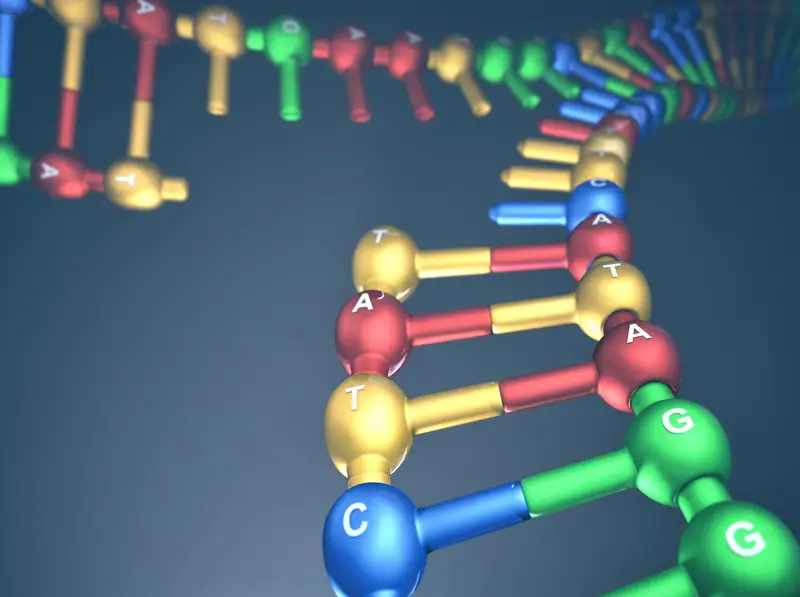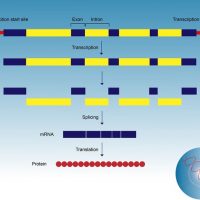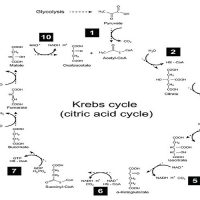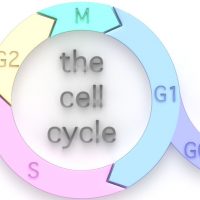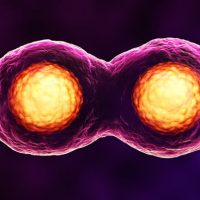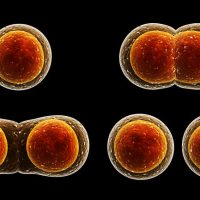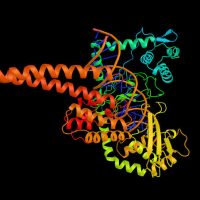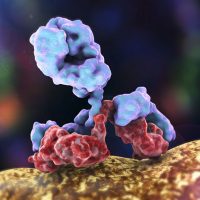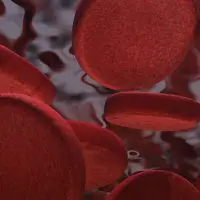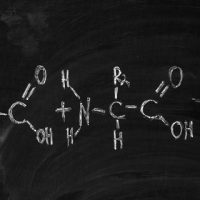DNA replication is important because it ensures that each new cell made contains an entire set of instructions.
Why DNA replication is important
Living things start off life as a single cell. To end up as large as, say, a human with 37 trillion cells, some serious cell division has to happen. Moreover, cells need to be replaced as they age, or if they get damaged.
If cells simply divided, each new division would halve the size of the nucleus until none of the new cells had enough DNA to function. Thus, a process called DNA replication occurs – this ensures that each new cell made contains an entire set of instructions.
Replication of the DNA occurs before the nucleus and cell divide in mitosis, and before the creation of gametes in meiosis.
How DNA replication works
All living things have DNA in their nuclei. Tightly coiled into strands called chromatin, DNA contains the organism’s entire genome, or instruction manual. DNA is made of long strands of units called nucleotides. Each nucleotide contains a sugar, a phosphate group, and one of four nitrogenous bases – adenine, thymine, cytosine, or guanine.
A single DNA molecule contains two strands of nucleotides that run parallel to each other, with their bases (A, T, G, or C) hydrogen-bonded to the bases on the other strand – this forms a shape much like a ladder, the bases being the rungs. Complementary base pairing rules apply: adenine always hydrogen bonds with thymine, and cytosine always hydrogen bonds with guanine. This ladder is twisted into a helical structure.
To replicate DNA, the double-stranded molecule needs to be unwound and separated, each new strand replicated, and then each newly formed pair of strands coiled back up in nice, neat helices. The enzyme DNA helicase is responsible for uncoiling and unzipping the strands. Each newly-separated strand serves as a template for complementary nucleotides to be pulled from the surrounding nucleus and put in place as a part of the new strand. Think of unzipping a long zipper – as the zipper is undone, new zipper teeth are taken from the environment and put on the exposed zipper sides, making two complete zippers from one.
DNA polymerase III is responsible for creating the complementary strands by adding free nucleotides to the exposed bases. It, along with DNA polymerase I, also spellchecks the new strands and replaces any mistakes. Once finished, each new double-stranded DNA molecule contains one strand of the original DNA, and one strand of newly-made DNA.
The new strands are coiled back into helices and supercoiled back into chromatin and the rest of nuclear and then cell division can take place. Two copies of each chromosome now exist and one of each will go to the two new cells, ensuring that each new cell has a full set of cellular instruction for that organism.

